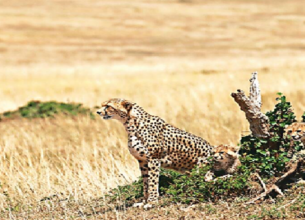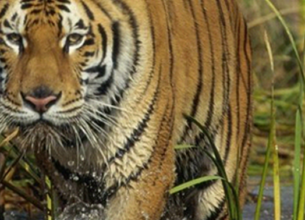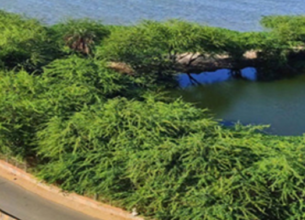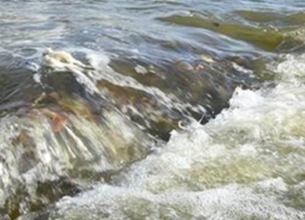DECLINE IN INDIA’S BIRD POPULATION
18, Feb 2020
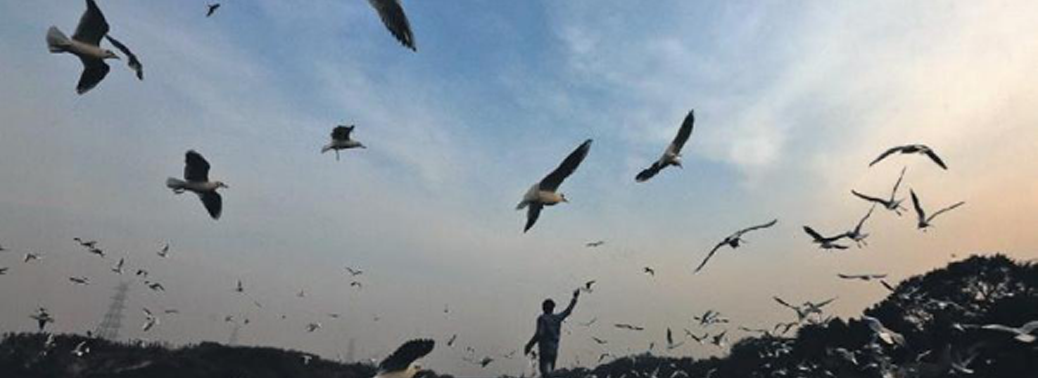
Prelims level : Biodiversity and its Conservation
Mains level : GS-III Conservation, Environmental Pollution and Degradation, Environmental Impact Assessment.
Why in News?
- The State of India’s Birds 2020 (SoIB), a new scientific report was jointly released by 10 organisations Recently.
Stats of the Report:
- It was produced using a base of 867 species, and analysed with the help of data uploaded by birdwatchers to the online platform, eBird.
- The SoIB was produced in a partnership that included ATREE, BNHS, Foundation for Ecological Security, NCF, National Biodiversity Authority of India, National Centre for Biological Sciences, SACON (Salim Ali Centre for Ornithology and Natural History), Wetlands International, WII and WWF.
- Over a fifth of India’s bird diversity, ranging from the Short-toed Snake Eagle to the Sirkeer Malkoha, has suffered strong long-term declines over a 25-year period.
- More recent annual trends point to a drastic 80% loss among several common birds.
- For every bird species that was found to be increasing in numbers over the long term, 11 have suffered losses, some catastrophically.
- Of 101 species categorised as being of High Conservation Concern endemics such as the Rufous-fronted Prinia, Nilgiri Thrush, Nilgiri Pipit and Indian vulture were confirmed as suffering current decline.
- Among widely known species, the common sparrow, long seen as declining in urban spaces, has a stable population overall, although they have become rare in cities and urban areas.
- Raptors overall are in decline, with ‘open country’ species such as the Pallid and Montagu Harriers, White-bellied Sea Eagle and Red-necked Falcon suffering the most.
- Migratory shorebirds, along with gulls and terns, seem to have declined the most among Water Birds.
Reasons for Decline:
- The possible reasons for this is a decrease in insect populations as well as nesting places, but there is no conclusive evidence in the scientific literature on radiation from mobile phone towers playing a part.
- Habitat loss and fragmentation are known causes of species declines in general, but targeted research is needed to pinpoint causes of decline.
- Climate Change could be one of the reasons for the decline in bird species as they are so sensitive to climate change.
Way Forward:
- Addressing the key reasons for the decline is very essential as birds are also a part of our ecosystem. Failure in addressing their decline may disrupt the balance of the ecosystem.
- Regular survey of various bird species and finding out their reasons for decline for particular interval of time could create a Positive Impact.






